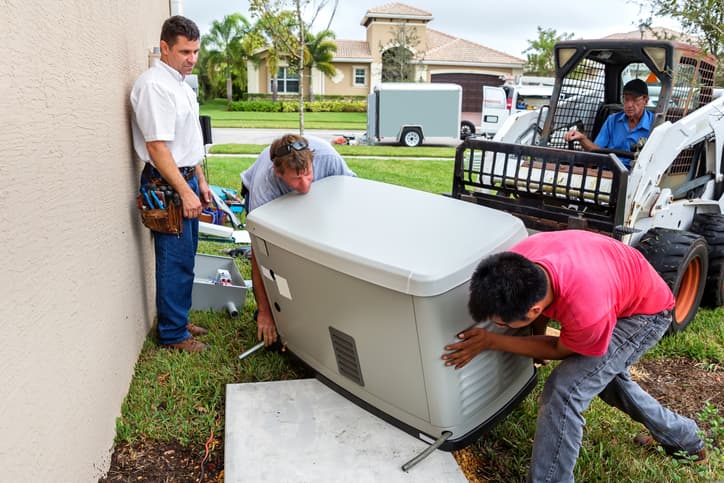
JodiJacobson/E+/Getty images
Written by Caitlin Ritchie
Edited by Aviva Tenenbaum
Last updated July 18, 2025

JodiJacobson/E+/Getty images
Why trust SaveOnEnergy?
Learn MoreAt SaveOnEnergy, we work to offer accurate information with editorial integrity.Our partners do not direct our editorial content, though we may reference their products in our posts. Read more about how we make money.
NEVER use a grill, generator, or camping stove in your home, basement, garage, or carport. According to the Centers for Disease Control and Prevention (CDC), grills, generators, and stoves should be used outdoors and at least 20 feet away from any window, door, or vent. This precaution is to prevent carbon monoxide poisoning, which can occur from breathing in the fumes from items that burn fuel. Carbon monoxide is an odorless gas, and poisoning from it can occur in less than five minutes. Warning signs of carbon monoxide poisoning include headache, dizziness, weakness, upset stomach, vomiting, chest pain, and confusion, according to the CDC. If you suspect carbon monoxide poisoning, call 911 immediately. With these precautions in mind, you can heat food with charcoal or propane grills during a power outage. You can also use a camping stove or even an outdoor fire pit. Try to eat perishable food before your pantry items. Food in your refrigerator will stay cold for about four hours, and items in the freezer for about 24 hours. Opening the doors as little as possible will help keep the cold inside longer.
The National Hurricane Center and the NOAA are both credible resources for information about hurricanes. Check these resources for details about the 2024 hurricane forecast, the areas that could be affected by a hurricane, and the timeline for when a storm may make landfall.
If you experience a power outage, contact your utility company to report the outage and to receive information about when your service will be restored. Your utility company is responsible for maintaining electrical infrastructure and responding to power outages, regardless of whether you live in a deregulated energy market. The utility — not your provider — will handle power outages.
If you live in a region that isn’t normally impacted by hurricanes, your preparations may look a little different. For example, it may not be necessary to install hurricane shutters and windows on your home. However, you should still create an emergency plan and preparedness kit, which can come in handy during major storms and other emergencies.
Enter your ZIP code to get started